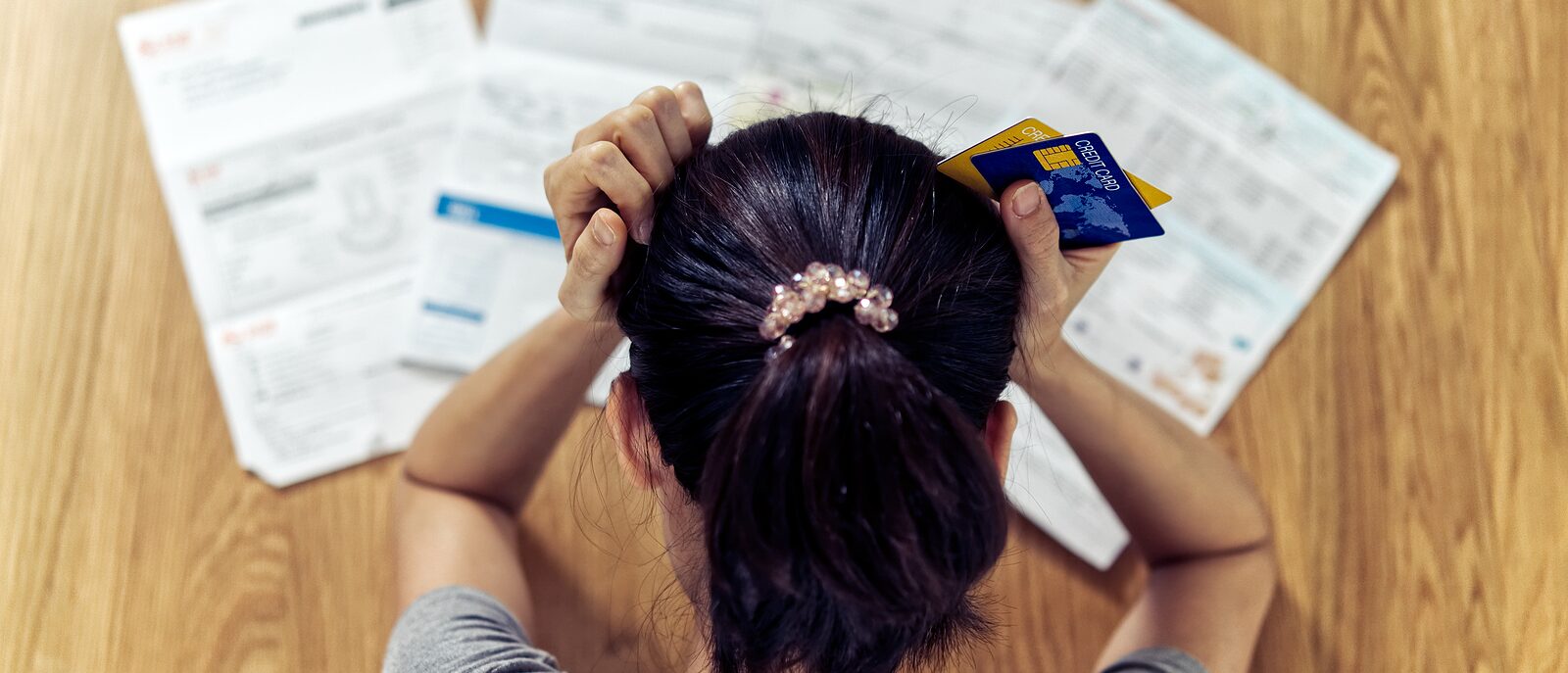The Story: From Comfortable to Overwhelmed.
Meet Linda. Linda was your go-to example of stability and success—a well-paid job, a lovely home, and a future as bright as her meticulously curated Instagram feed. Then came the divorce. What was once a partnership in both life and finances quickly became a one-woman show, with Linda playing the lead role in a financial drama she never auditioned for.
As the dust of her former life settled, Linda found herself relying on her credit cards more than she ever imagined. A dinner here, a new piece of furniture there (because honestly, who gets the couch in a divorce?), and suddenly, the balance that was once a manageable figure ballooned to a staggering $20,000. Linda, like many, believed she could manage by paying the minimum due each month. “It’s just a phase,” she told herself, pouring a glass of wine that, ironically, was also charged to her credit card.
The Consequence of a $20,000 Balance and Minimum Payments
Now, let’s talk numbers, because Linda’s credit card statement certainly did. With an average interest rate of around 20% (because credit card companies love a high roller), paying the minimum each month transformed Linda’s financial situation into a textbook example of ‘how not to manage your debt.’
Let’s break it down: If Linda were to make only minimum payments on her $20,000 debt, she could be looking at over two decades of payments. Yes, you read that right—decades. Over this period, Linda would end up paying more than double her original debt, with a significant chunk of her payments going towards interest alone. That’s enough to fund a small wedding or buy a decent car—in cash!
An Impossible Task: You Have to Pay More, But You Can’t Afford To
Linda’s situation is far from unique. In fact, it’s becoming an American tradition, much like apple pie, but with a less tasty aftertaste. Many find themselves in this relentless cycle, unable to break free. It’s the cruel irony of debt: to get out of it, you need to pay more than you can afford.
This cycle isn’t just a financial burden; it’s a mental and emotional one. It’s like being stuck on a diet of ramen noodles while watching everyone else feast on steak. The reality is stark: you need to find more money to throw at your debt, but your wallet is as empty as a politician’s promises.
At This Point, a Debt Resolution or Consolidation Program Is Usually an Excellent Choice
Just when Linda thought her credit score was doomed to be lower than her chances of winning the lottery, a glimmer of hope appeared: debt resolution and consolidation programs. These are not the fairy godmothers of finance, but they’re pretty close.
These programs negotiate with creditors to stop the interest and fees from piling up. They can significantly reduce monthly payments and bundle all of Linda’s debts into one manageable payment. It’s like putting all your ugly sweaters into one drawer—you deal with them less frequently and it feels less overwhelming.
Debt consolidation can be the lifeboat for those drowning in the sea of debt. For Linda, and millions of others, these programs have turned the tide, providing a path that doesn’t involve declaring bankruptcy or selling a kidney on the black market.
In Conclusion
Linda’s journey from financial stability to a $20,000 mountain of debt, and her struggle with minimum payments, is a cautionary tale. It underscores a reality many Americans face today, in an economy where the cost of living often outpaces income growth.
But like any good story, it’s not the despair but the recovery that’s most compelling. For those navigating the choppy waters of significant debt, debt resolution and consolidation programs can offer a lifeline—a chance to rewrite their financial narratives from tales of woe to stories of redemption. So, if you find yourself in Linda’s shoes, remember, the path to a debt-free life might be challenging, but it’s far from impossible.




